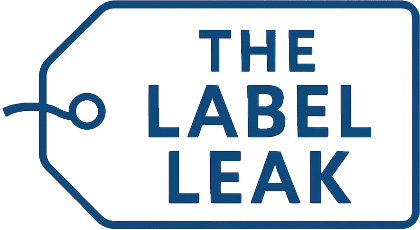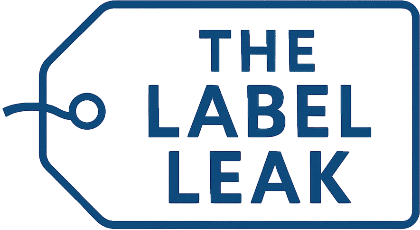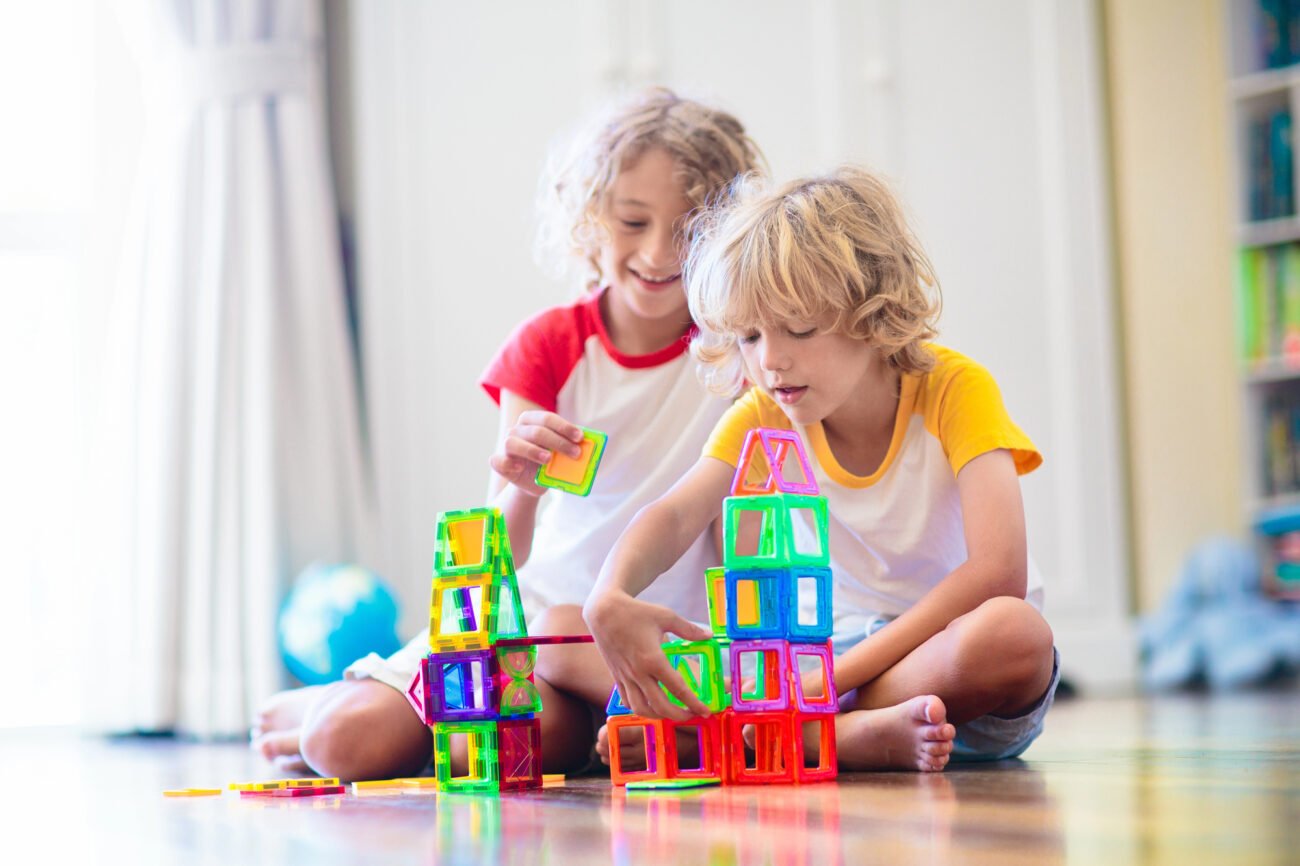15 Children’s Products That Caused Major Safety Scandals
By Ace Vincent
| Published 48 seconds ago
Children’s products are supposed to be safe, tested, and trusted by parents worldwide. Yet throughout history, numerous toys, cribs, and other children’s items have caused serious injuries or worse due to design flaws, manufacturing defects, or inadequate safety testing. These scandals have shaped modern product safety regulations and changed how we think about children’s product development.
Each incident served as a wake-up call for manufacturers, regulators, and parents — leading to stricter safety standards and better testing protocols. Here is a list of 15 children’s products that caused major safety scandals.
Lead Paint on Toys
DepositPhotos
The lead paint crisis reached its peak in 2007 when millions of toys manufactured in China were recalled due to dangerous lead levels. Popular brands like Thomas the Tank Engine, Dora the Explorer, and Barbie accessories all contained lead paint that could cause brain damage in children.
The scandal revealed major gaps in international manufacturing oversight — companies were outsourcing production without adequate quality control. This crisis led to the Consumer Product Safety Improvement Act of 2008, which dramatically tightened lead standards for children’s products.
Drop-Side Cribs
DepositPhotos
Drop-side cribs seemed convenient for parents, but they became death traps for infants when the movable sides would detach or create gaps. Between 2000 and 2010, these cribs were linked to at least 32 infant deaths — many from entrapment or strangulation when babies got caught in the malfunctioning hardware.
The Consumer Product Safety Commission banned the manufacture and sale of drop-side cribs in 2011. This scandal fundamentally changed crib design standards and highlighted the importance of rigorous testing for infant furniture.
Like Go2Tutors’s content? Follow us on MSN.
Aqua Dots
DepositPhotos
These colorful craft beads looked harmless but contained a chemical that metabolized into a date-rape drug when ingested. Children who swallowed the beads would fall into comas — a terrifying discovery that led to immediate recalls in 2007.
The manufacturer had substituted a cheaper, toxic chemical for the approved adhesive coating without informing regulators. This incident exposed how easily dangerous substitutions could slip through manufacturing processes, leading to stricter chemical testing requirements for children’s toys.
Magnetix Building Sets
DepositPhotos
These magnetic building toys contained powerful rare-earth magnets that would detach and become deadly when swallowed. If children ingested multiple magnets, they would attract each other through intestinal walls — causing perforations, infections, and requiring emergency surgery.
The Consumer Product Safety Commission linked the toys to at least one death and numerous serious injuries before issuing recalls. This scandal led to much stricter regulations on magnetic toys and better warning labels about ingestion dangers.
Easy-Bake Ovens
DepositPhotos
The beloved Easy-Bake Oven became a safety nightmare when children’s fingers got caught in the front-loading slot, causing severe burns and even amputations. Between 2006 and 2007, Hasbro received nearly 250 reports of children getting their fingers trapped — some requiring partial finger amputations.
The company initially resisted a full recall, offering modification kits instead. Eventually, a complete redesign was necessary to eliminate the dangerous front-loading mechanism that had been causing injuries.
Like Go2Tutors’s content? Follow us on MSN.
Baby Einstein DVDs
DepositPhotos
While not physically dangerous, Baby Einstein products caused a major scandal when research showed they actually hindered infant development rather than enhancing it. The American Academy of Pediatrics recommended no screen time for children under two — directly contradicting the product’s marketing claims.
Disney eventually offered refunds and stopped making educational claims about the videos. This controversy highlighted how marketing could mislead parents about child development and led to stricter advertising standards for educational products.
Pogo Bouncer
DepositPhotos
This bouncing toy from the 1980s caused thousands of injuries when children would lose control and crash into objects or fall awkwardly. The spherical design made it nearly impossible to control — leading to broken bones, concussions, and dental injuries as kids bounced uncontrollably around homes and playgrounds.
Emergency rooms reported a surge in bouncing toy-related injuries during its peak popularity. The toy was eventually phased out due to its inherently dangerous design that couldn’t be adequately fixed with safety modifications.
Slip ‘N Slides
DepositPhotos
These backyard water toys caused serious spinal injuries when teenagers and adults used products designed for children. The plastic sheets would stop suddenly when users hit dry spots — causing them to slam into the ground with tremendous force.
Paralysis and other permanent spinal injuries occurred frequently enough that manufacturers had to add prominent age and weight restrictions. The scandal revealed how products designed for children could become dangerous when used by larger, heavier users moving at higher speeds.
Like Go2Tutors’s content? Follow us on MSN.
Lawn Darts
DepositPhotos
These weighted projectiles were marketed as family fun but caused numerous serious injuries and at least three deaths. The heavy, pointed darts would sail through the air unpredictably — striking children in heads, faces, and bodies with devastating force.
Parents and safety advocates campaigned for years to ban the toys after tragic incidents involving young children. The Consumer Product Safety Commission finally banned lawn darts in 1988, making them one of the first toys completely prohibited for safety reasons.
Chinese-Made Jewelry
DepositPhotos
Children’s jewelry imported from China contained dangerous levels of lead and cadmium — metals that could cause brain damage and other serious health problems. Charm bracelets, pendants, and decorative accessories tested at thousands of times the acceptable lead limits.
Children would often put jewelry in their mouths, creating direct exposure to toxic metals through normal play behavior. This scandal led to much stricter testing requirements for imported children’s accessories and jewelry items.
Bumbo Baby Seats
DepositPhotos
These colorful foam seats seemed perfect for helping babies sit up, but they became dangerous when used on elevated surfaces. Babies would arch their backs and tip the seats over — falling from tables, counters, and other high places with serious results.
The Consumer Product Safety Commission received reports of skull fractures and other severe injuries before requiring warning labels and design modifications. The scandal highlighted how even simple products could become hazardous when used in ways manufacturers didn’t anticipate.
Like Go2Tutors’s content? Follow us on MSN.
Fisher-Price Rock ‘N Play Sleepers
DepositPhotos
These inclined infant sleepers were linked to over 30 infant deaths when babies would roll over and suffocate against the sides. Despite mounting evidence of danger, Fisher-Price continued selling the product for years — only issuing a recall in 2019 after pressure from safety advocates.
The American Academy of Pediatrics had warned against inclined sleepers, but regulatory action was delayed. This scandal exposed gaps in how quickly dangerous products could be removed from the market.
Buckyballs Magnetic Toys
DepositPhotos
These tiny, powerful magnetic spheres were marketed as desk toys but frequently ended up in children’s hands with tragic results. When swallowed, the magnets would attract through intestinal walls — causing perforations that required emergency surgery.
The Consumer Product Safety Commission fought a lengthy legal battle to ban the product after numerous hospitalizations. The manufacturer’s resistance to safety warnings highlighted how some companies prioritized profits over child safety.
Yo-Yo Water Toys
DepositPhotos
These liquid-filled yo-yos contained dangerous chemicals that could leak and cause skin burns or poisoning if ingested. The toys were filled with various liquids — some containing toxic substances that weren’t properly labeled or tested.
Children would often bite or puncture the toys during play, exposing themselves to harmful chemicals. Recalls were issued when reports of chemical burns and poisoning incidents reached regulatory agencies.
Like Go2Tutors’s content? Follow us on MSN.
Gilbert U-238 Atomic Energy Lab
DepositPhotos
This 1950s science kit actually contained real radioactive materials — uranium ore samples that exposed children to dangerous radiation levels. The kit was marketed as educational, allowing kids to conduct ‘real’ atomic experiments at home.
Parents had no idea they were buying radioactive materials for their children to handle without any protective equipment. The product was eventually discontinued when radiation dangers became better understood, representing one of the most shocking examples of inadequate safety testing in toy history.
Lessons Written in Tragedy
DepositPhotos
These product scandals share common themes: inadequate testing, poor manufacturing oversight, and delayed regulatory response to emerging safety concerns. While tragic, each incident has contributed to stronger safety standards and better protection for children worldwide.
Modern toy safety regulations are significantly more comprehensive than they were decades ago — requiring extensive testing for chemical hazards, mechanical dangers, and age-appropriate design. The ongoing challenge lies in keeping pace with new materials and technologies while ensuring that lessons learned from past tragedies continue to protect future generations.
More from Go2Tutors!
DepositPhotos
Like Go2Tutors’s content? Follow us on MSN.


